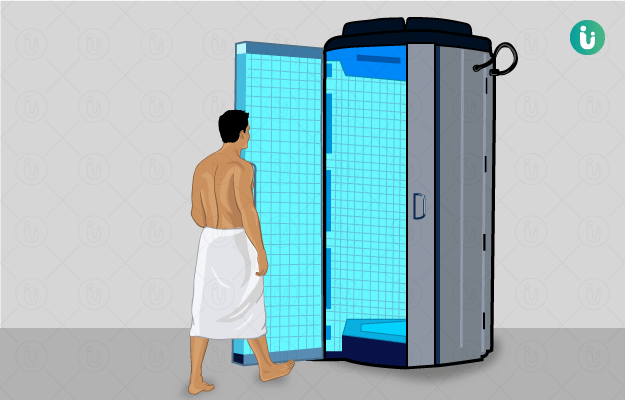Blood is a complex fluid. Blood looks the same in every human being but is totally different from the other. People have different blood types, which are commonly called blood groups. They are based on substances called antigens, which are present on a person’s red blood cells. The two most important antigens in blood typing are called A-B-O and Rh.
Each person has an ABO blood type, which means that every person would have a blood type which would be either A, B, AB, or O. This means that the antigen found in these people’s blood cells would be antigen A for blood group A, antigen B for blood group B, both antigens for the blood group AB and no antigen for blood group O.
Along with the antigens, each person has an Rh factor which is either Rh-positive or Rh-negative. This together forms a blood group in a person.
In some cases, when people do not have enough blood in their body, they may need blood transfusion. Blood transfusion is a medical procedure where donated blood or blood components are transferred from a healthy volunteer donor to a person in need, through an intravenous line (IV). The recipient may have low blood levels due to plenty of causes such as an injury or during surgery or due to a certain medical disorder.
Here in this article, we will talk about how and when a blood transfusion is done.





























